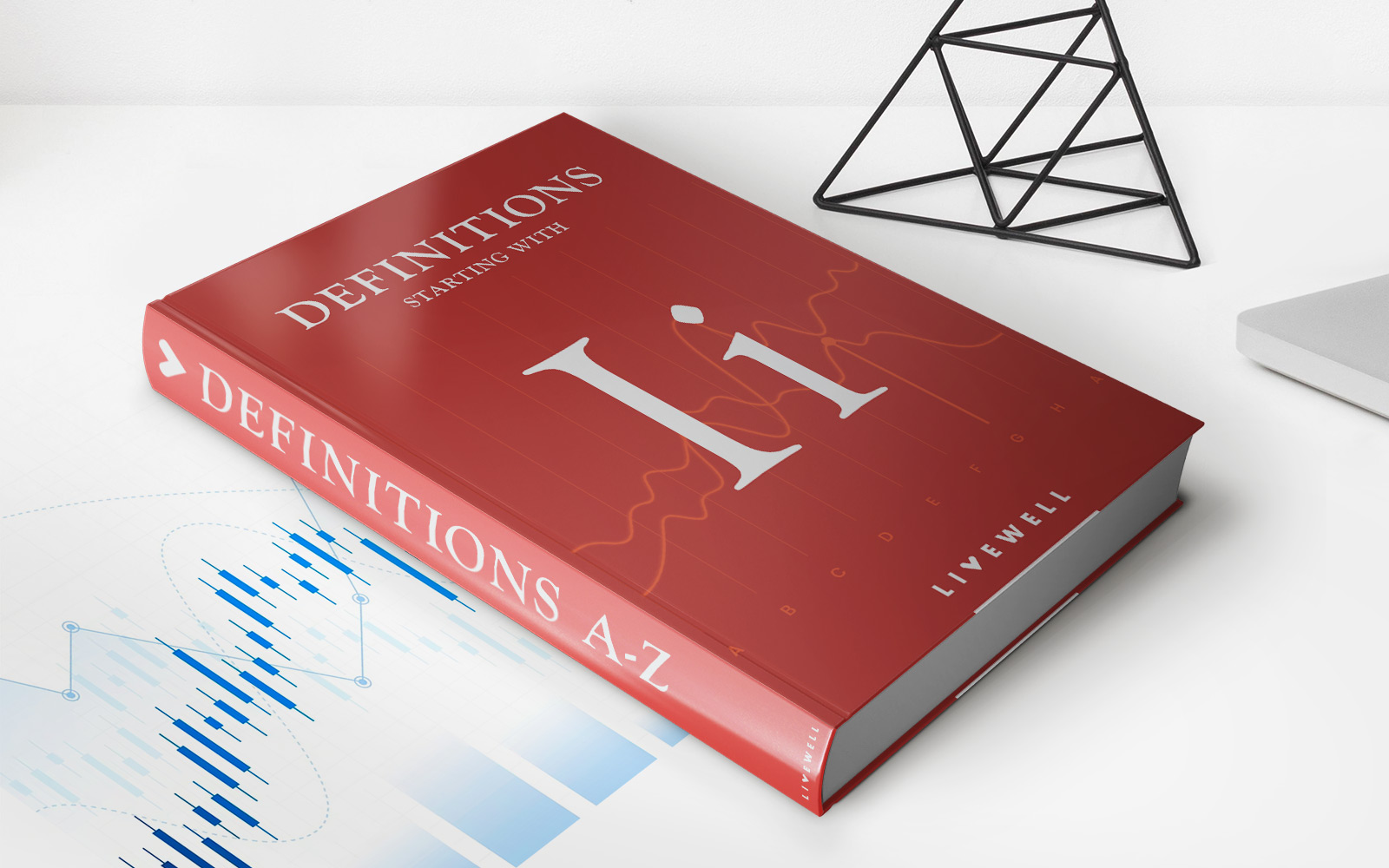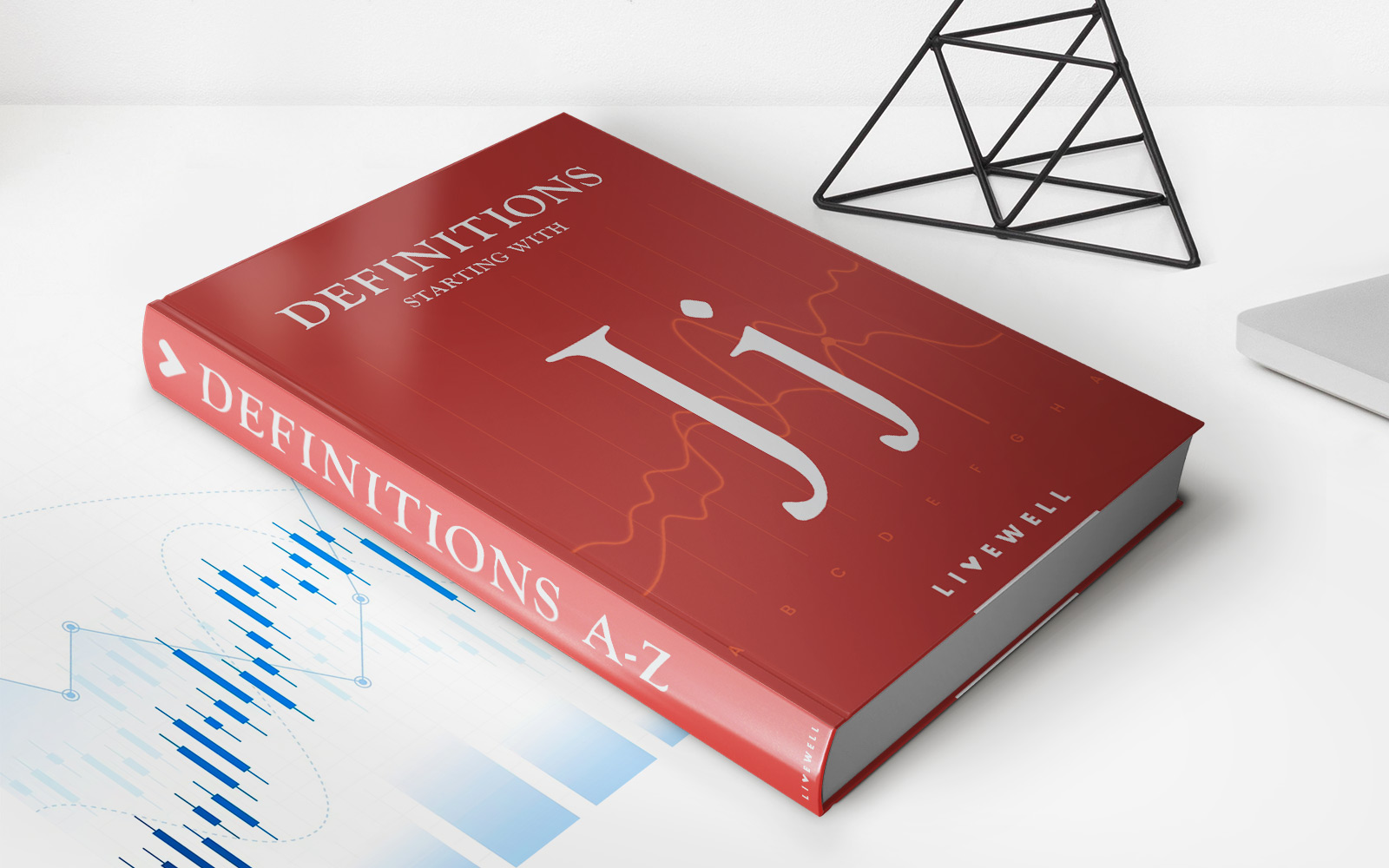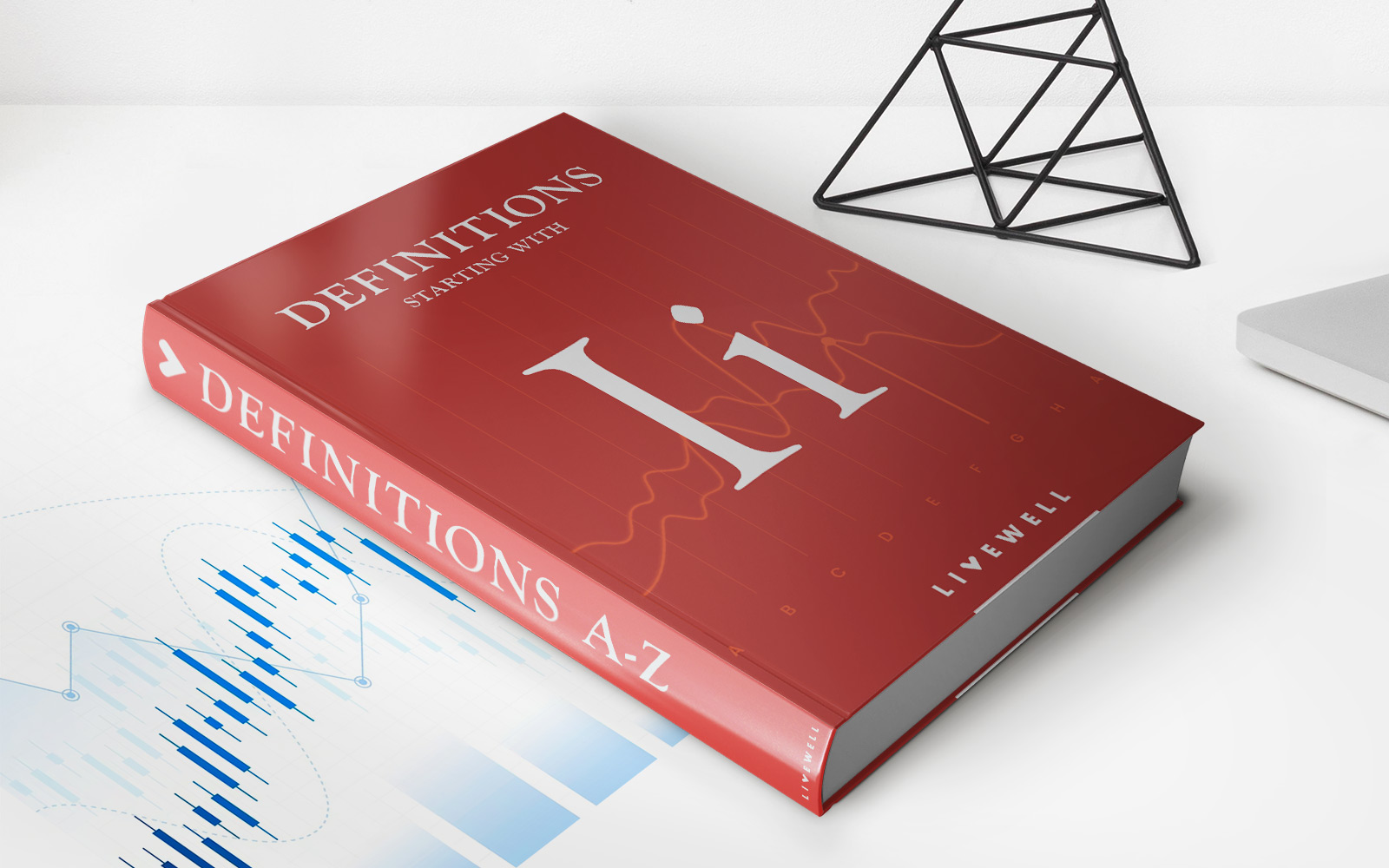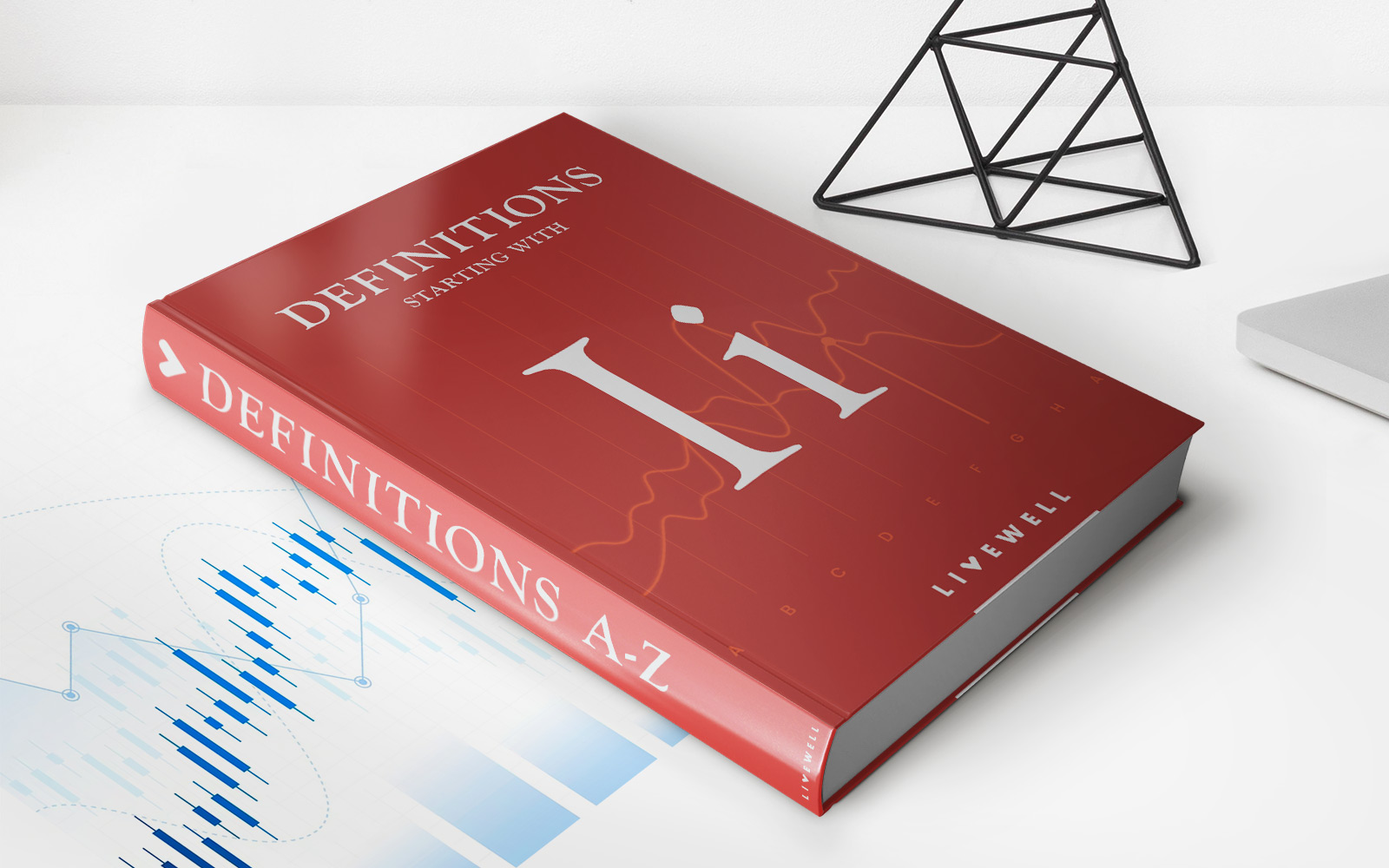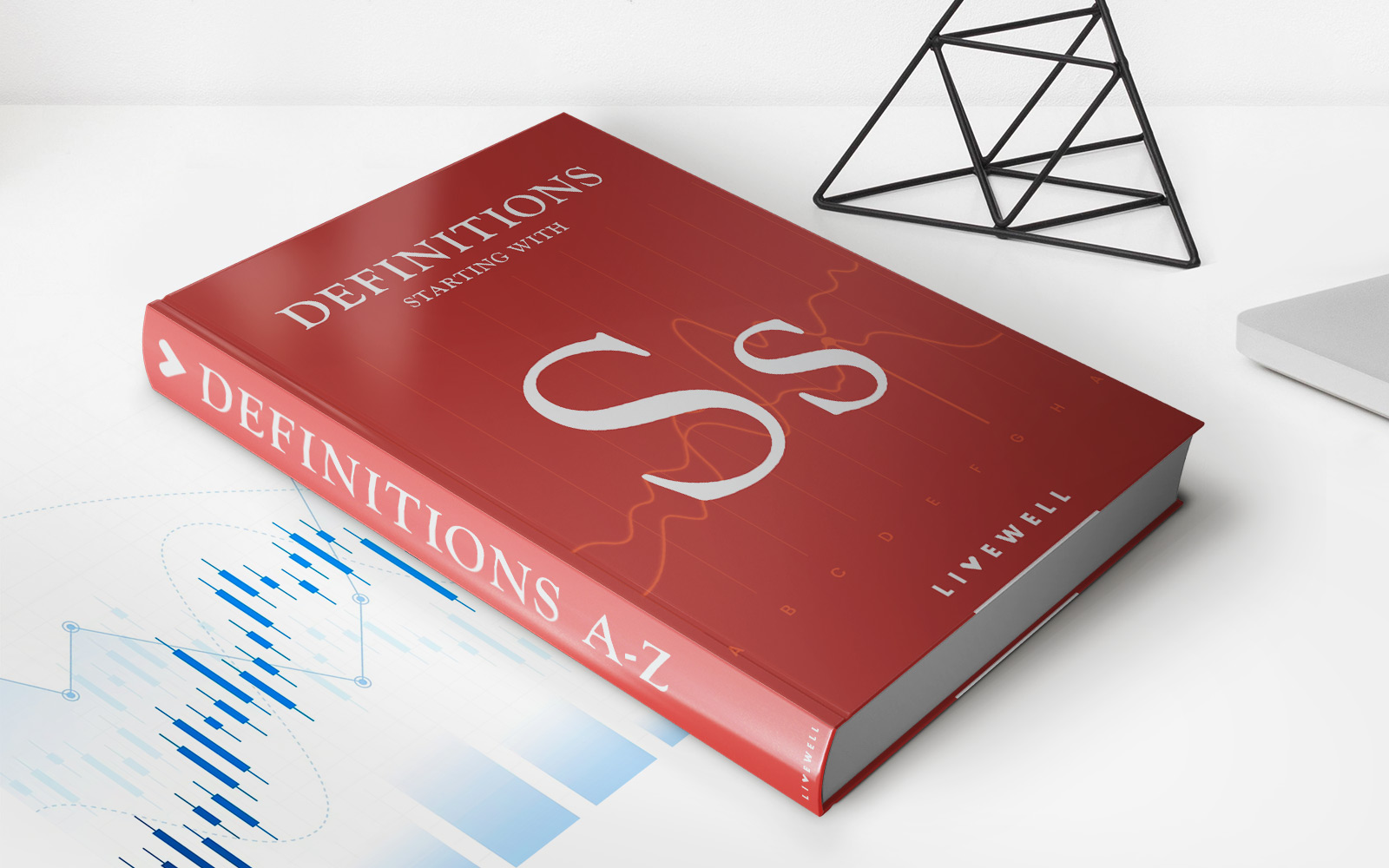Home>Finance>Inverse Floater: Definition, How It Works, Calculation, Example
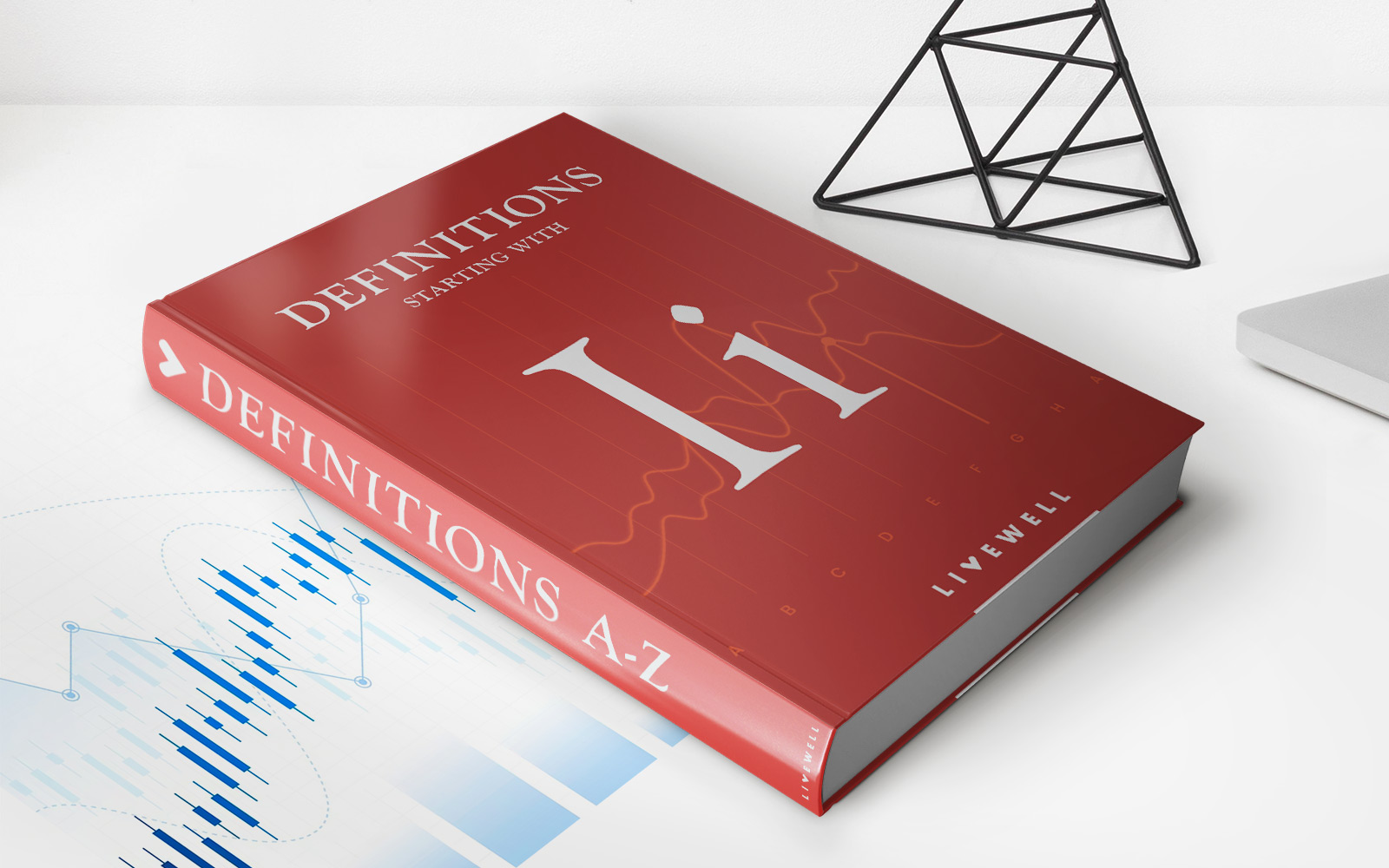

Finance
Inverse Floater: Definition, How It Works, Calculation, Example
Published: December 12, 2023
Discover the ins and outs of inverse floaters in finance. Understand its definition, working mechanism, calculation, and explore a real-life example.
(Many of the links in this article redirect to a specific reviewed product. Your purchase of these products through affiliate links helps to generate commission for LiveWell, at no extra cost. Learn more)
What is an Inverse Floater?
Are you familiar with the term “Inverse Floater”? If not, don’t worry! In this article, we will explain what an Inverse Floater is, how it works, the calculation involved, and provide an example to help you understand it better.
Key Takeaways
- An Inverse Floater is a type of bond or loan with a variable interest rate that moves in the opposite direction of a specified reference rate.
- Investors in an Inverse Floater benefit when interest rates increase, as the interest payments they receive also increase.
Now that we have a general idea of what an Inverse Floater is, let’s delve deeper into its definition and how it works.
Definition of an Inverse Floater
An Inverse Floater is a financial instrument that combines a bond or loan with a variable interest rate and an interest rate swap. The interest rate on an Inverse Floater moves in the opposite direction of a specified reference rate, such as the LIBOR (London Interbank Offered Rate) or the U.S. Treasury bill rate.
This means that when the reference rate increases, the interest rate on the Inverse Floater decreases, and vice versa. As the interest rate fluctuates, the coupon (interest payment) on the Inverse Floater also changes.
How an Inverse Floater Works
Now that you understand the general concept, let’s take a look at how an Inverse Floater works:
- An issuer creates an Inverse Floater by combining a bond or loan with a variable interest rate with an interest rate swap agreement.
- The variable interest rate is set to move in the opposite direction of a specific reference rate.
- Investors who purchase an Inverse Floater benefit from a higher interest rate when the reference rate decreases. This results in higher coupon payments.
- Conversely, if the reference rate increases, the interest rate on the Inverse Floater decreases, resulting in lower coupon payments.
- The value of an Inverse Floater is inversely related to the reference rate. Therefore, when the reference rate rises, the value of an Inverse Floater decreases, and vice versa.
Calculation of an Inverse Floater
Calculating the value of an Inverse Floater involves considering the reference rate, the variable interest rate, and the terms of the interest rate swap agreement. The calculation is complex and typically requires the use of financial models and market data.
The key factors to consider when calculating the value of an Inverse Floater include:
- The difference between the reference rate and the variable interest rate
- The maturity date of the Inverse Floater
- The expected future movements of the reference rate
Given the complexity of the calculation, it is advisable to seek the assistance of a financial professional who specializes in fixed-income securities or derivatives.
Example of an Inverse Floater
To help illustrate how an Inverse Floater works, let’s consider a hypothetical example:
An investor purchases an Inverse Floater linked to the LIBOR with a nominal value of $1,000 and a coupon rate of -1%. This means that the coupon payment will be -1% of the nominal value. If the LIBOR rate is 2%, the coupon payment will be -$10 (2% of $1,000), resulting in a net payment of $990.
However, if the LIBOR rate decreases to 1%, the coupon payment will be -$10 (1% of $1,000), resulting in a net payment of $990. As you can see, the coupon payment decreases as the reference rate decreases, and vice versa.
This example demonstrates how an Inverse Floater’s coupon payments move in the opposite direction of the reference rate, providing investors with the potential to benefit from interest rate movements.
Conclusion
Inverse Floaters are complex financial instruments that combine a bond or loan with a variable interest rate and an interest rate swap. Understanding the concept and mechanics of an Inverse Floater can be beneficial for investors and financial professionals involved in fixed-income securities or derivatives.
While this article provides a general overview of Inverse Floaters, it is important to note that the calculation and valuation of these instruments can be complex. It is recommended to consult with a financial expert who can provide further guidance and assistance based on your specific needs and investment goals.
